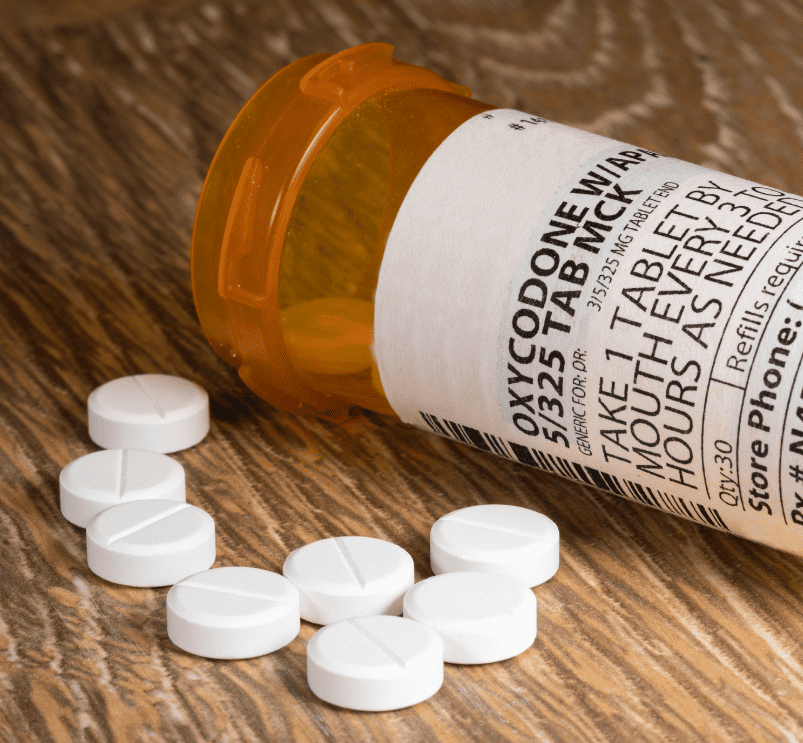
Oxycodone
What Is Oxycodone?
Oxycodone is a semi-synthetic opioid drug used to treat moderate to severe pain. It is available as prescription-only pills as Tylox®, Percodan®, and OxyContin®. Like other opioids, oxycodone is categorized as a depressant. This means it slows down functions of the central nervous system, such as breathing, and can induce feelings of relaxation and drowsiness.
Side Effects of Oxycodone
Individuals who abuse oxycodone generally do so because they are seeking these side effects:
- Sense of euphoria
- Extreme relaxation
- Pain relief
- Anxiety reduction
However, taking large quantities or frequent abuse of oxycodone can also lead to these side effects:
- Drowsiness
- Dizziness
- Constipation
- Stomach pain
- Slowed breathing
- Low blood pressure
- Headache
- Mood changes
- Dry mouth
- Loss of coordination
- Seizures
- Difficulty breathing
- Coma
- Death
Dangers of Oxycodone Abuse
Oxycodone is prescribed to individuals for moderate to high pain relief and is 1.5 times more potent than morphine. According to the National Institute on Drug Abuse, over 17,000 died from prescription opioid overdoses—including oxycodone—in 2017 alone.
One research study on OxyContin’s impact on public health states, “Controlled drugs, with their potential for abuse and diversion, can pose public health risks that are different from—and more problematic than—those of uncontrolled drugs when they are overpromoted and highly prescribed. An in-depth analysis of the promotion and marketing of OxyContin, a sustained-release oxycodone preparation, illustrates some of the key issues. When Purdue Pharma introduced OxyContin in 1996, it was aggressively marketed and highly promoted. Sales grew from $48 million in 1996 to almost $1.1 billion in 2000. The high availability of OxyContin correlated with increased abuse, diversion, and addiction, and by 2004 OxyContin had become a leading drug of abuse in the United States.”
Oxycodone has been a controversial player in the ongoing opioid crisis. Many individuals have been prescribed oxycodone for pain, and then become addicted and physically dependent on the drug after taking it regularly. This has also led many with addiction to then use other opioids and drugs. Studies show that nearly 45% of individuals who use heroin are also addicted to a prescription opioid painkiller.
Oxycodone Addiction Treatment
It is entirely possible to recover from addiction to oxycodone. Thousands of individuals have done so, with appropriate treatment, support, and commitment to recovery. If you are considering seeking addiction treatment for yourself or a loved one, rest assured that help is widely available and recovery is possible. If you have questions or concerns, call us today. We at Rehab Carolinas are experienced in substance abuse and addiction and are here to help.


